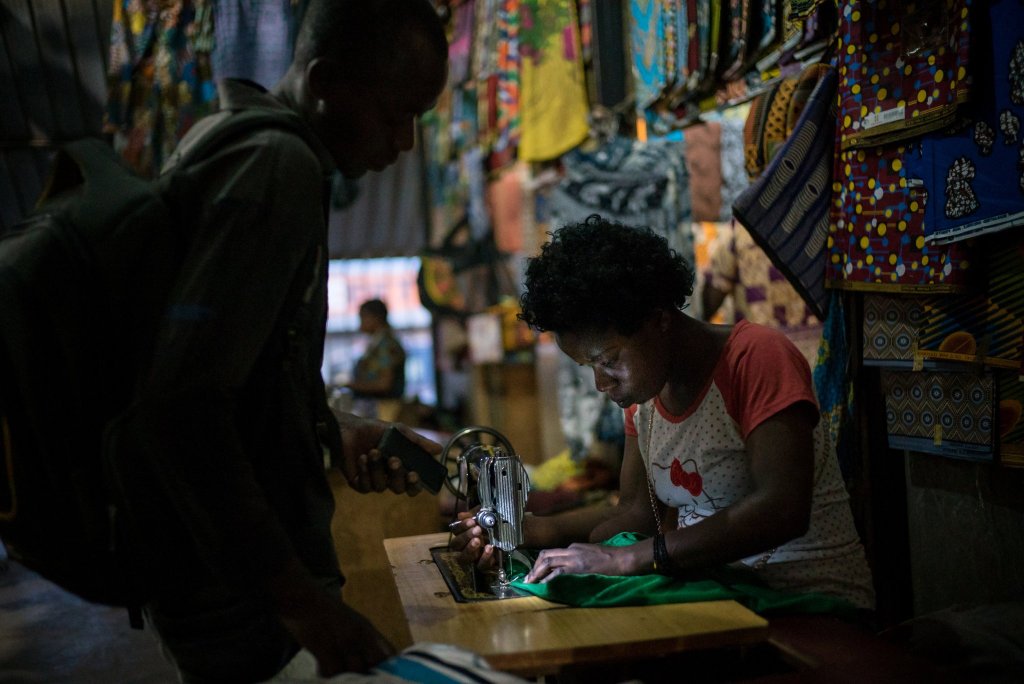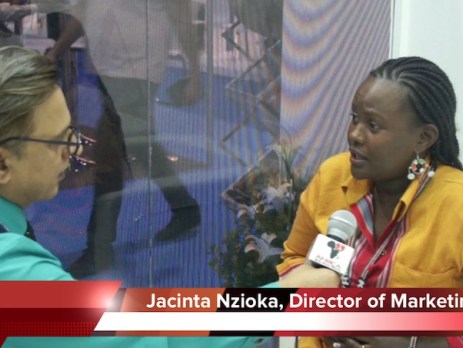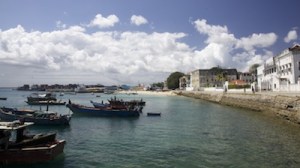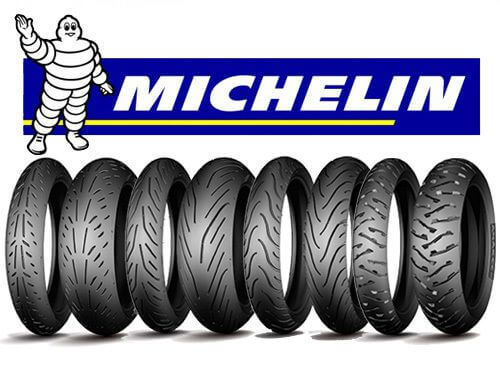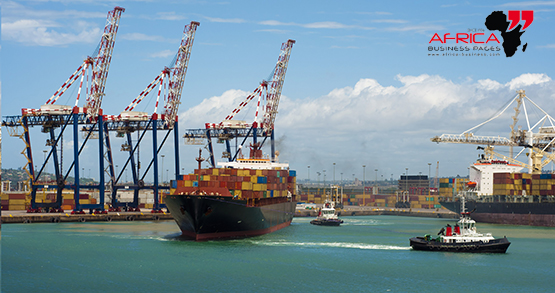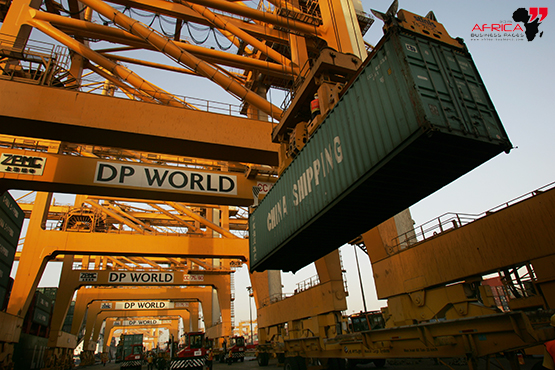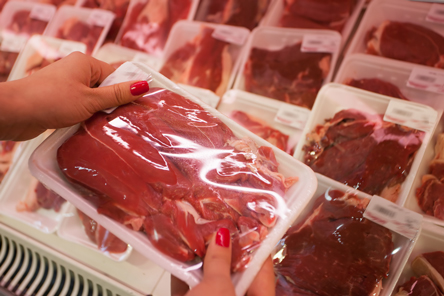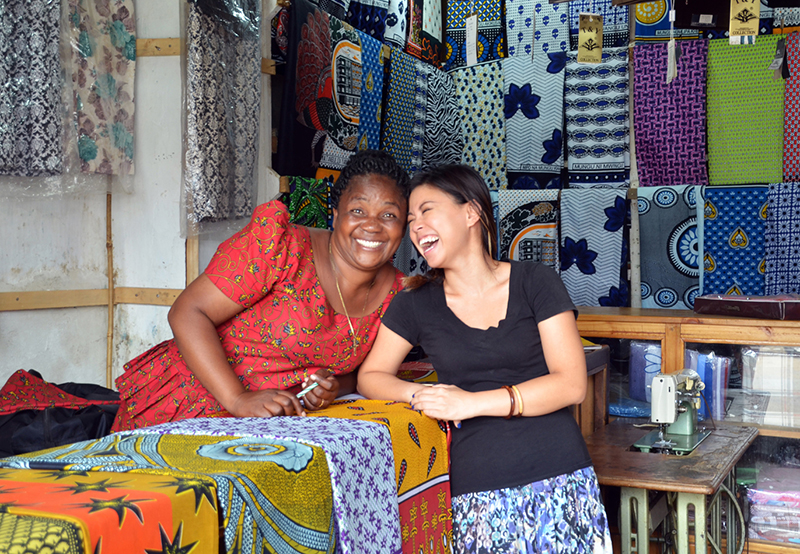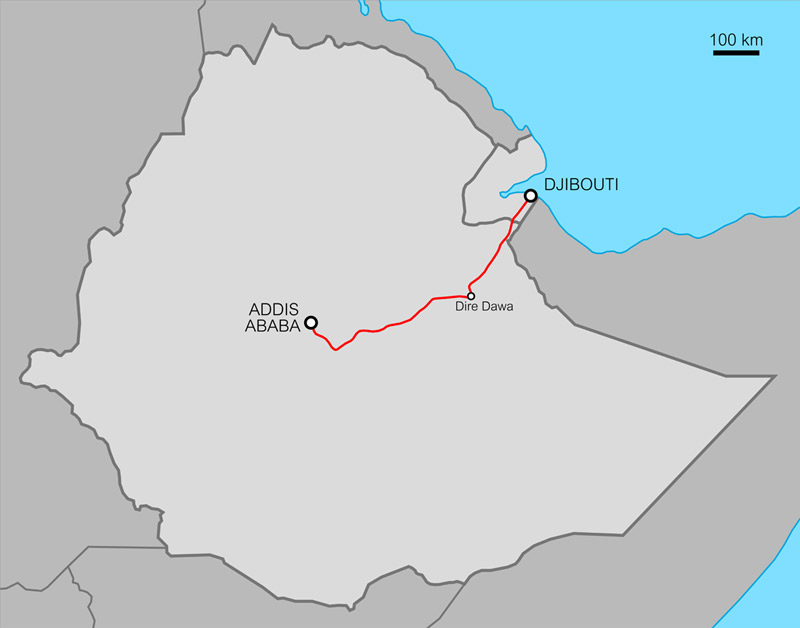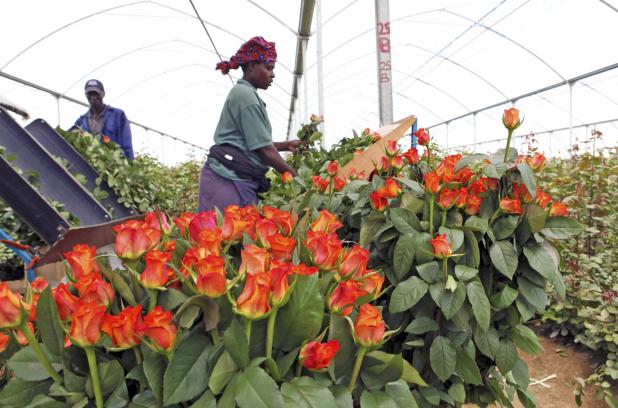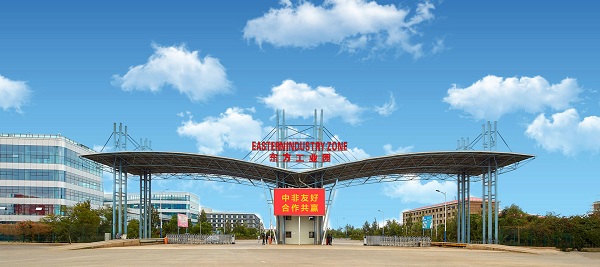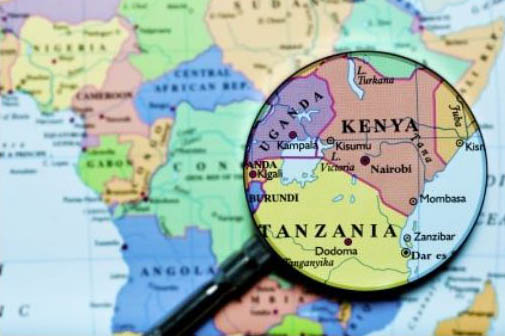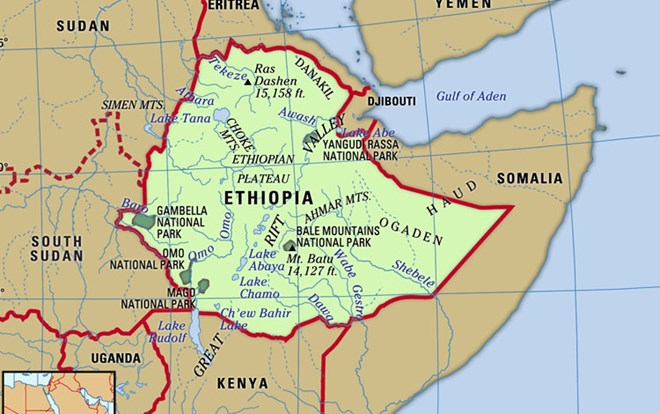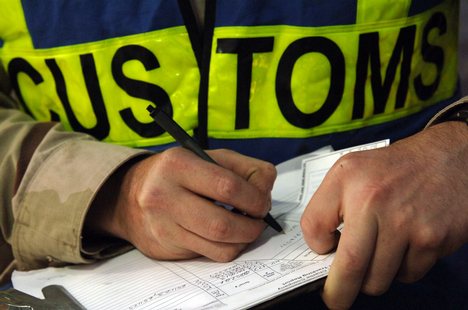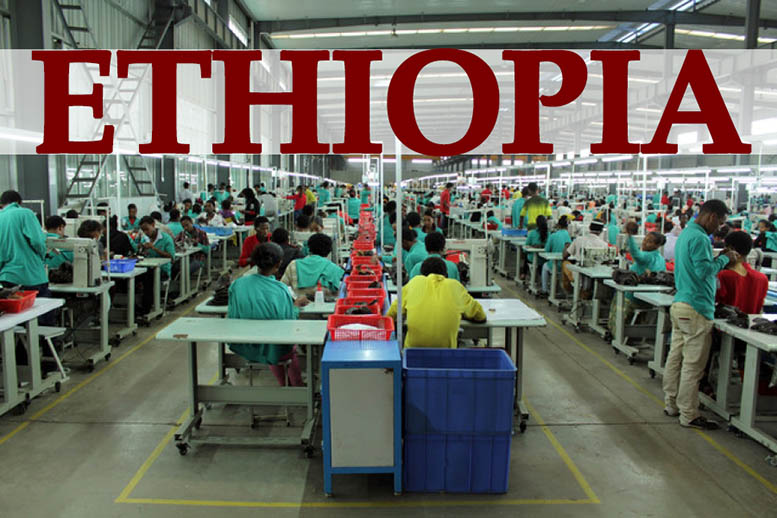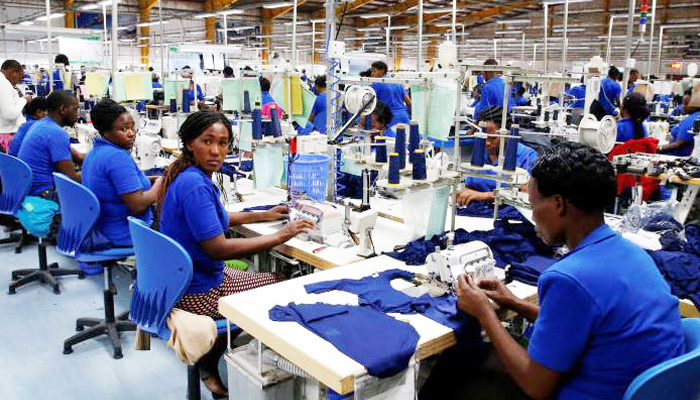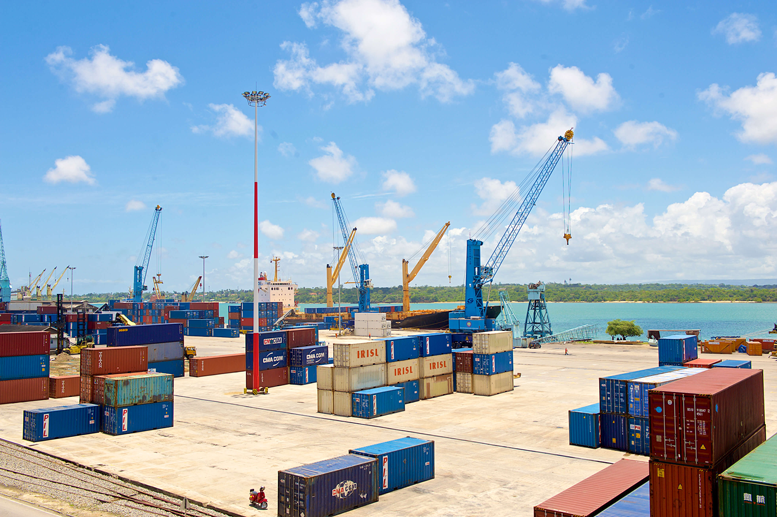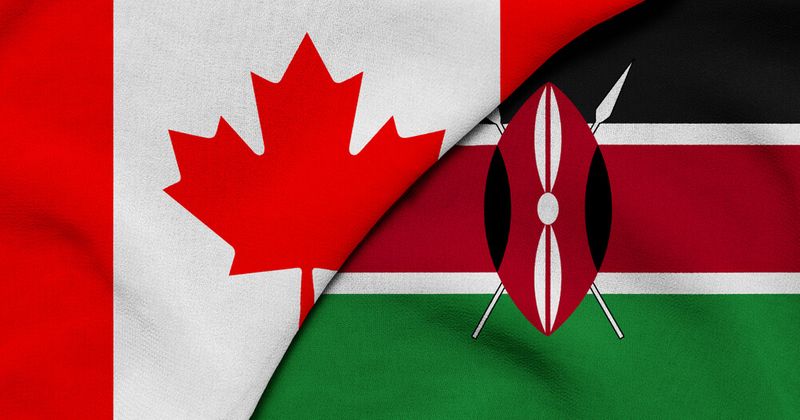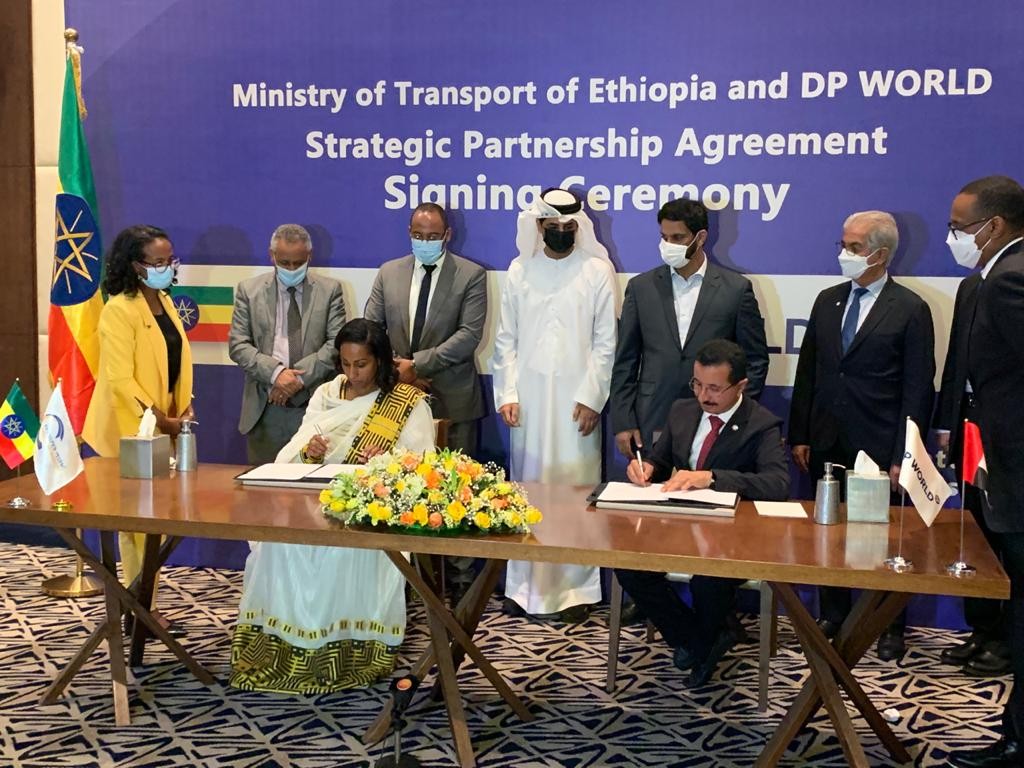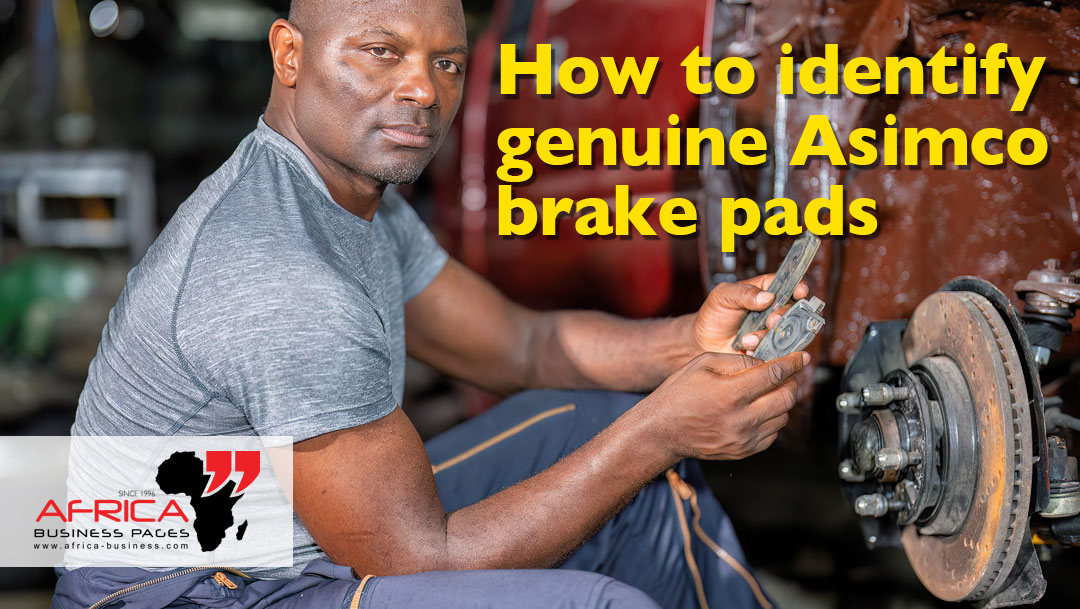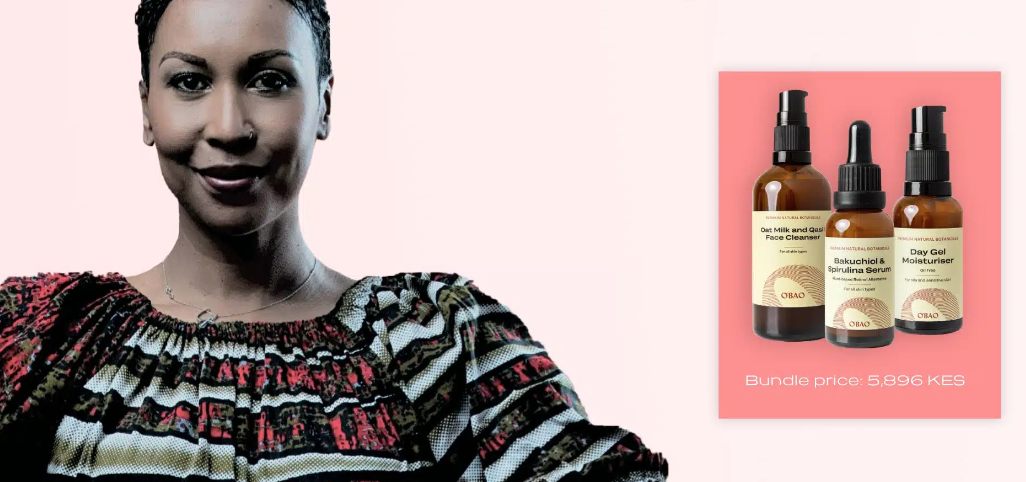New Rules to Ease Importing Goods into Kenya
The Kenya Association of Manufacturers (KAM) has released a new set of standards intended to improve the efficiency and accountability of importing into Kenya. KAM said that it has created the new Standard Operating Procedures (SOPs) guide, released on 18 November 2020, to facilitate trade and boost the fight against illegal imports in order to enhance the ease of doing business in the country.
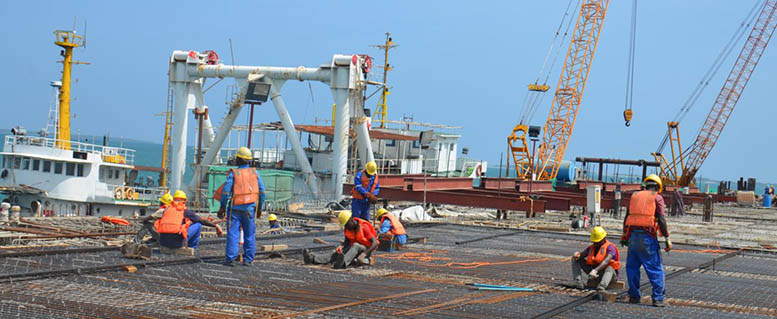
The SOPs are intended to serve as a reference for all government bodies assigned to ensuring efficiency and accountability in the inspection, verification and clearance of imported goods at Kenya’s ports and other entry points; as well as a guide for those involved in importation.
The standard procedures embrace stakeholders such as freight consolidators, clearing agents, importers, the Kenya Airport Authority, the Kenya National Chamber of Commerce and Industry, shipping lines, PVoC agents, and KenTrade.
There are also 29 industry bodies and government departments listed that are affected by the procedures cited in the SOPs document. These include such government authorities as the Kenya Revenue Authority; Kenya Ports Authority; the Ministry of Industrialisation Trade and Enterprise Development; the Department of International Trade; the Kenya Bureau of Standards; and the Kenya Railways Corporation.
The guide lists operating procedures, from pre-shipment through inspection at ports of entry and subsequent cargo clearance, along with examples of international best practice and recommendations. The document’s foreword states: “Over the years, several importers have cited increased challenges faced during the importation process including: congestion at the ICDN; re-inspection of cargo that has already been subjected to Pre-Arrival Clearance in accordance with the PVoC Program; lack of harmonisation and configuration of the HS Codes used under the iCMS and KESWS systems; and the invalidation of import classifications at various ports/points of entry by customs officials, leading to delays in customs clearance and increased costs of importation.”




